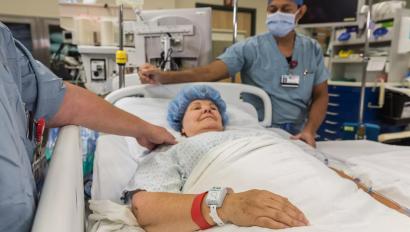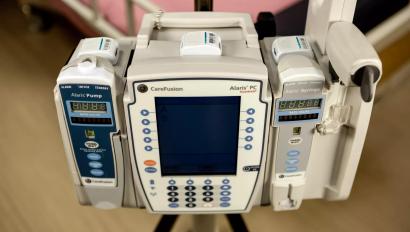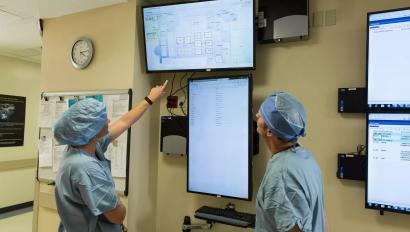3 Most Common Challenges of Renting Healthcare Assets

Sometimes you can’t avoid renting healthcare assets. But you don’t have to fall prey to three common pitfalls of rental management. Learn how RTLS can help.
It’s a fact of life for nearly every hospital: Sometimes you need to rent medical equipment. Rentals can provide a fast and convenient solution for meeting your organization’s needs. But rentals can also be a source of inefficiency and waste. In fact, most hospitals could improve their rental decision process—if only they had accurate equipment utilization data.
Do these three common challenges sound familiar?
‘We Can’t Always Locate Assets Whether Rented or Owned’
Although renting equipment is expensive, many hospitals are challenged to locate enough equipment to address all patient care demands.
‘We Spent All This Money on Rentals, But Now They’re Sitting Idle’
Once equipment has been rented, healthcare organizations struggle to ensure every rental is being fully utilized. When rented assets sit idle in the facility, it runs up costs without delivering value.
‘We’re Charged Based on Utilization, But We Have No Way to Document It’
Many rental billing agreements are based on utilization. But it can be extremely difficult to manually maintain detailed utilization records for every piece of rented equipment. Unless a hospital is tagging rentals and tracking them via a Real-time Tracking Location System (RTLS) platform, it can be almost impossible to provide an “audit trail” for when equipment was received, when it was in-use versus idle and when it was returned to the rental company.
‘We Keep Mixing Rentals with Assets We Own’
Further challenges occur when rental equipment is mixed with facility-owned equipment. Unless tagged and synced with an RTLS platform, rental equipment can be very difficult to segregate from hospital-owned assets. As a result, identifying and retrieving rented assets—whether at the end of the rental period or suddenly in the case of a recall—becomes more difficult and time consuming for hospital staff. Hospital personnel can waste many hours searching for rented assets if they aren’t tagged.
Use RTLS to Improve Rental Utilization and Billing Accuracy
Leveraging RTLS location visibility and proper rental management processes can solve the challenges around segregating and tracking rental equipment. With healthcare asset tracking that provides visibility of where rental assets are and how often they are used, your hospital can easily spot opportunities to reduce rentals. In addition, you can further reduce rental costs as your organization gains insights into asset utilization rates. You’ll know when rentals are truly necessary.
This Hospital Turned the Tide on Rental Management
TidalHealth Peninsula Regional (formerly PRMC) in Maryland had been spending as much as $6,000 per month renting specialty beds. With enhanced visibility into the specialty beds on hand, the team has slashed those costs—renting specialty beds only when absolutely necessary. The hospital saves over $42,000 a year by avoiding unnecessary rental cost with specialty beds alone.
Read more about additional asset management advanced use cases.
























